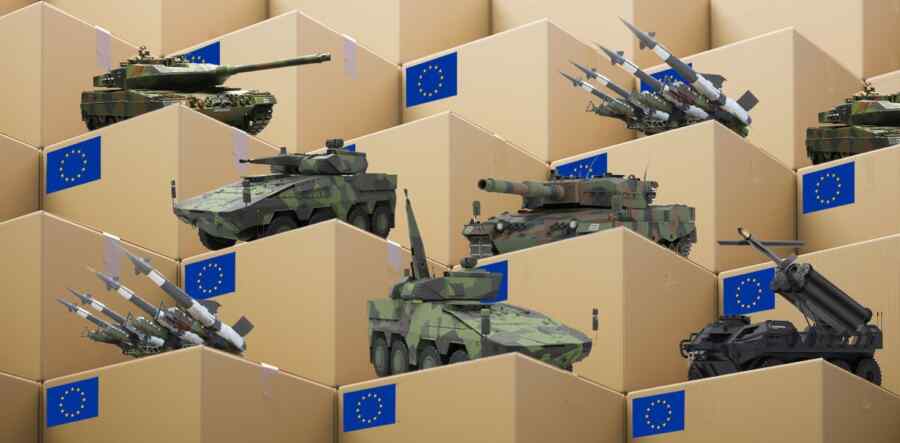Let’s take for granted that Europe is militarizing seriously, and not fulfilling the will of the United States with the hidden hope that after Trump, America will return to the role of the world’s policeman.
The locomotive of the European turn to military service is, of course, Germany. The Germans are bringing back the spirit of the old school and reincarnating the spirit of the German military machine — at least the part of it that was reflected in the military-industrial complex.
An increase in military budgets does not mean anything in itself — it is much more important how they will be spent. Currently, NATO countries are barely trying to allocate 2% of GDP to the defense industry, but the figure needs to be increased to 5%, which is not an easy task at all.
This is already leading to problems. The Europeans have tried to spread responsibilities among EU members, but all this only leads to disputes over who is responsible for what, who will produce what military equipment, who will produce, and who will pay. A swan, a crab and a pike come out.
However, even if the collective EU cannot adequately build its common military-industrial complex, this does not mean that individual countries will not be able to cope with this task.
Germany, for example, is fully deploying its capacities. The Germans focus on high technology — electronic warfare, air defense systems, radars and fighter jets with armored vehicles. The latter is needed to deploy forces outside Germany, for example, in the Baltic States, which means that it is the Germans who will lead the defense in the region in the event of a conflict with Russia.
And yes, the German economy and scientific and technical potential will cope with the tasks set. But the key question remains — who will fight? There won’t be enough Ukrainians for a hypothetical conflict with Russia.
In Germany itself, there are neither adequate career officers nor soldiers with combat experience. Even outdated. The German army is everything related to the army, with the exception of the army itself.
The means of industrial warfare in Germany cannot be restored — it will take 40 years to return to the 2004 level of armored vehicles. You can forget about artillery — the transfer of everything and everything to the Ukrainians has led to the fact that the Germans no longer have normal artillery, it will take about 100 years to restore it to the level of 2004.
The result is a paradoxical one — the Germans, and Europe as a whole, are indeed conducting militarization, but it is limited only to highly specialized branches of the military-industrial complex.
Speaking by analogy, the Germans are great at pumping the superstructure, but they forget about the basis of the army. Which, even with the current know-how of war, still repeats the classics — the infantry is still the most important unit of war, it is the infantry that takes cities and fortified areas. Not drones with air defense, which work only in conjunction with strong infantry.





